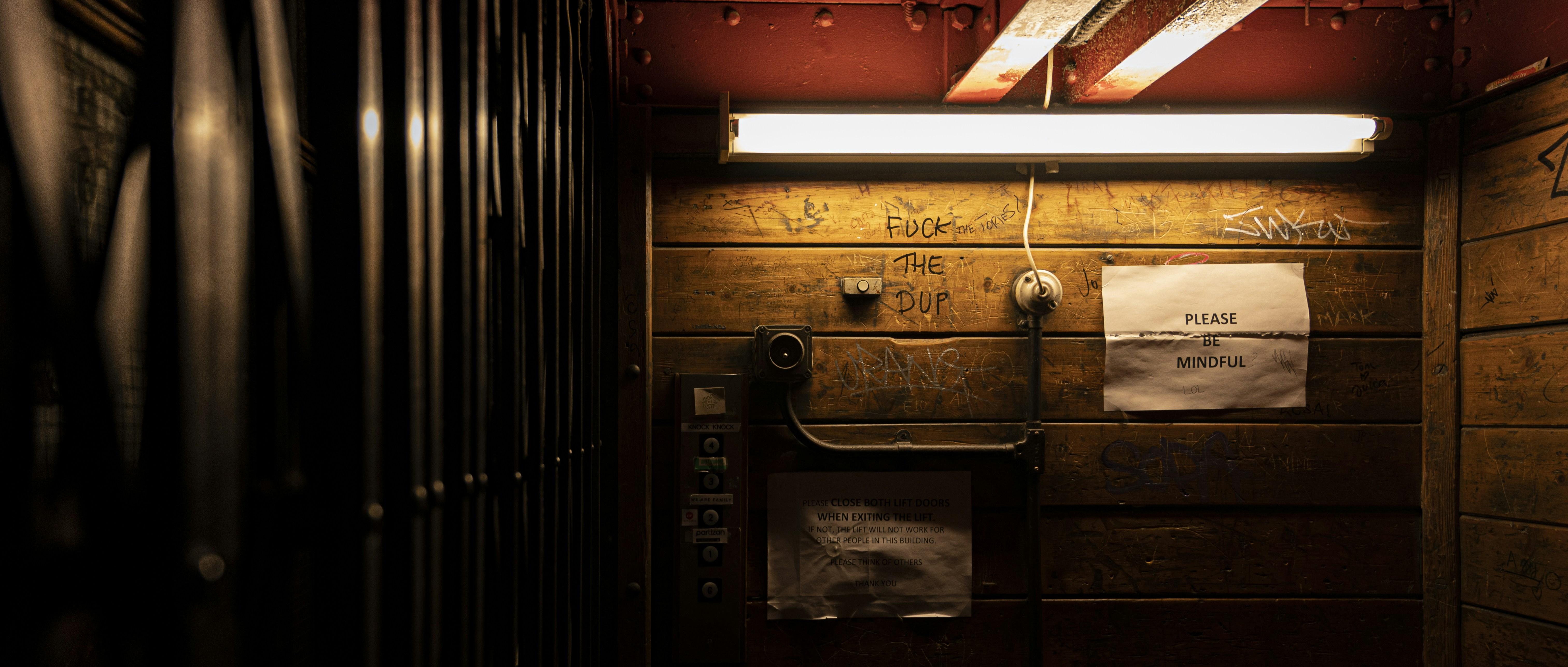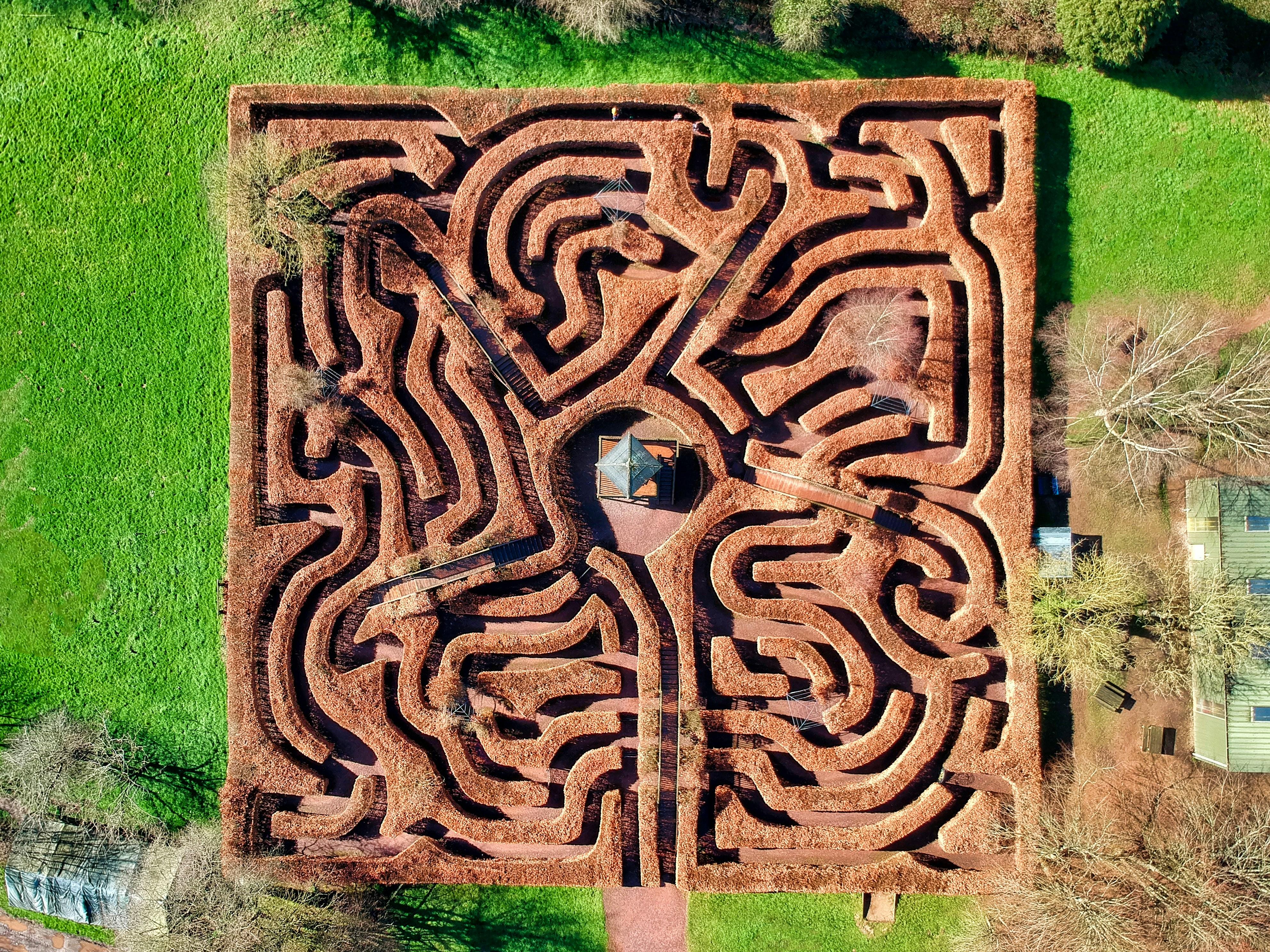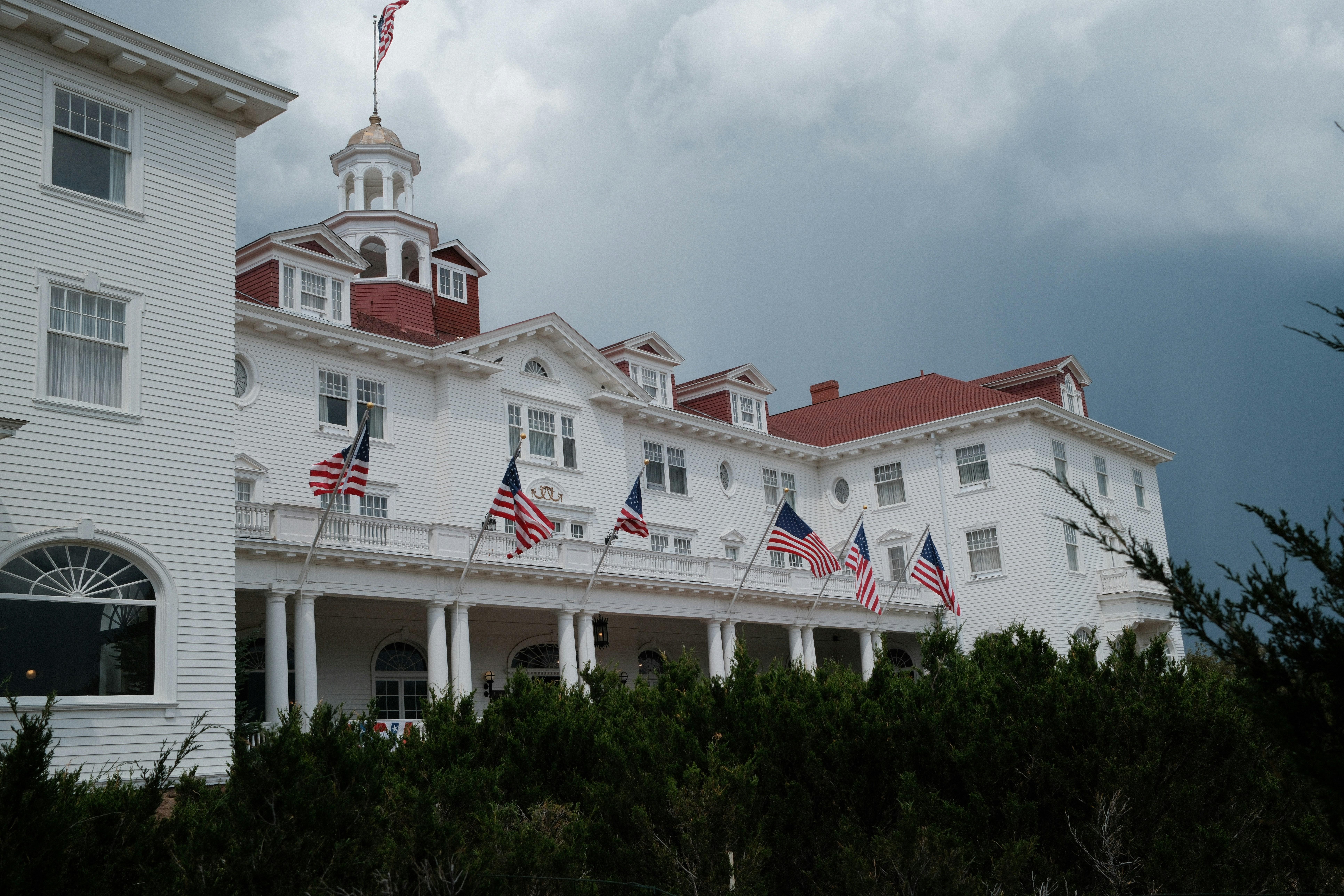Stanley Kubrick‘s 1980 film adaptation of Stephen King’s novel The Shining has long captivated audiences and critics alike, not only for its chilling narrative and unsettling atmosphere but also for its rich tapestry of symbolism. This psychological horror masterpiece weaves together a complex array of visual and thematic elements, inviting viewers to delve beneath its surface to uncover deeper meanings. From the ominous presence of the Overlook Hotel to the enigmatic patterns of the carpet, each component serves as a conduit for exploring themes of isolation, madness, and the supernatural. This article embarks on an analytical journey through the labyrinthine corridors of The Shining, examining how Kubrick employs symbolism to enhance the film’s narrative complexity and provoke enduring intrigue. By dissecting key symbols and their interpretations, we aim to illuminate the underlying messages that continue to resonate with audiences decades after the film’s release.
The Overlook Hotel as a Symbol of Isolation and Madness
The Overlook Hotel in Stephen King’s “The Shining” serves as a profound metaphor for both isolation and madness, enveloping its inhabitants in an atmosphere that blurs the line between reality and delusion. The hotel’s remote location in the Colorado Rockies amplifies the sense of seclusion, cutting off its occupants from the outside world, both physically and psychologically. This isolation becomes fertile ground for madness, as the hotel’s eerie silence and vast, empty halls echo the internal turmoil experienced by its characters. As winter storms rage outside, the Overlook becomes a claustrophobic prison where the past’s dark secrets and supernatural influences converge, driving Jack Torrance deeper into his spiral of insanity.
- Isolation: The hotel’s remoteness emphasizes the disconnection from society, mirroring the characters’ descent into solitude.
- Madness: The Overlook’s haunted history and supernatural presence amplify the psychological instability of its inhabitants.
- Symbolism: Each room and corridor becomes a representation of the mind’s darkest corners, where suppressed fears and desires come to life.
The hotel’s grandeur and opulence contrast starkly with the mental deterioration it fosters, suggesting that beneath its lavish surface lies a sinister force. Its labyrinthine corridors and mysterious rooms become a physical manifestation of the twisted pathways of the human mind. The interplay between the hotel’s haunting presence and the characters’ psychological vulnerabilities illustrates how isolation can magnify inner demons, leading to a breakdown of reality and a descent into madness.

Redrum and the Duality of Human Nature
In Stephen King’s “The Shining,” the word “redrum” emerges as a chilling symbol that captures the essence of human duality. This palindromic term, introduced through Danny Torrance’s eerie utterances, signifies more than just its reverse spelling of “murder.” It encapsulates the notion that beneath the veneer of normalcy lies a darker, often suppressed, aspect of the human psyche. The Overlook Hotel acts as a catalyst, drawing out these repressed instincts, which are embodied in Jack Torrance’s gradual descent into madness. The concept of redrum is a reminder that the potential for violence and chaos lurks within, waiting for the right circumstances to surface.
- Mirrored Reality: The word itself is a reflection, symbolizing the thin line between sanity and insanity.
- Repression and Release: The hotel’s supernatural influence mirrors the characters’ inner struggles, forcing them to confront their darkest impulses.
- Innocence and Corruption: Through Danny’s eyes, redrum highlights the loss of innocence and the pervasive impact of evil.
The duality of human nature, as explored through redrum, serves as a poignant reminder of the internal conflicts that define the human experience. The Shining’s haunting narrative invites readers to reflect on the hidden facets of their own nature, prompting an introspective journey into the shadows of the mind.

The Maze as a Metaphor for Psychological Entanglement
In The Shining, the maze stands as a profound symbol of psychological complexity and entrapment. This intricate structure, with its towering hedges and confounding paths, mirrors the inner workings of the human mind when beset by turmoil. The maze is not just a physical obstacle for the characters, but a representation of the convoluted thoughts and emotions that Jack Torrance experiences. As he navigates the labyrinth, he is, in essence, attempting to untangle the knots of his own psyche. The maze serves as a visual metaphor for the entrapment that can occur when one is overwhelmed by unresolved trauma and conflicting desires.
- The maze’s complexity reflects the chaos within Jack’s mind.
- Its winding paths symbolize the confusion and disorientation experienced in psychological distress.
- Being lost within the maze parallels the loss of control over one’s thoughts and actions.
Furthermore, the maze’s design emphasizes the notion of being trapped within one’s mental confines, unable to find a clear exit. This mirrors Jack’s struggle with his own demons, as he becomes increasingly isolated and consumed by madness. The juxtaposition of the maze’s serene appearance against its potential for peril highlights the deceptive nature of psychological entanglement—where what seems manageable on the surface conceals deeper, more perilous depths. Thus, the maze not only challenges the characters physically but also serves as a poignant reminder of the labyrinthine nature of the human mind when confronted with its own darkness.

The Role of Color in Conveying Emotional Depth
In Stanley Kubrick’s The Shining, color is not merely an aesthetic choice but a profound narrative device that amplifies the film’s emotional landscape. The director masterfully employs a vivid color palette to evoke a spectrum of emotions and to subtly guide the audience’s psychological journey through the film. The use of red is particularly noteworthy, as it dominates key scenes, symbolizing danger, violence, and madness. This color permeates the Overlook Hotel, from the infamous elevator scene to the Redrum message, creating a visceral sense of unease and impending doom.
- Red: Represents blood, danger, and the protagonist’s descent into insanity.
- Blue: Often used to depict coldness, isolation, and the supernatural elements of the hotel.
- Yellow: Highlights the illusion of warmth and normalcy, contrasting the underlying terror.
Beyond these striking hues, Kubrick’s subtle use of green and brown further enriches the film’s emotional depth. Green signifies decay and the eerie timelessness of the hotel, while brown evokes a sense of claustrophobia and entrapment, reflecting the characters’ psychological confinement. By weaving these colors into the film’s fabric, Kubrick not only enhances the storytelling but also immerses viewers into a complex emotional tapestry that lingers long after the credits roll.
